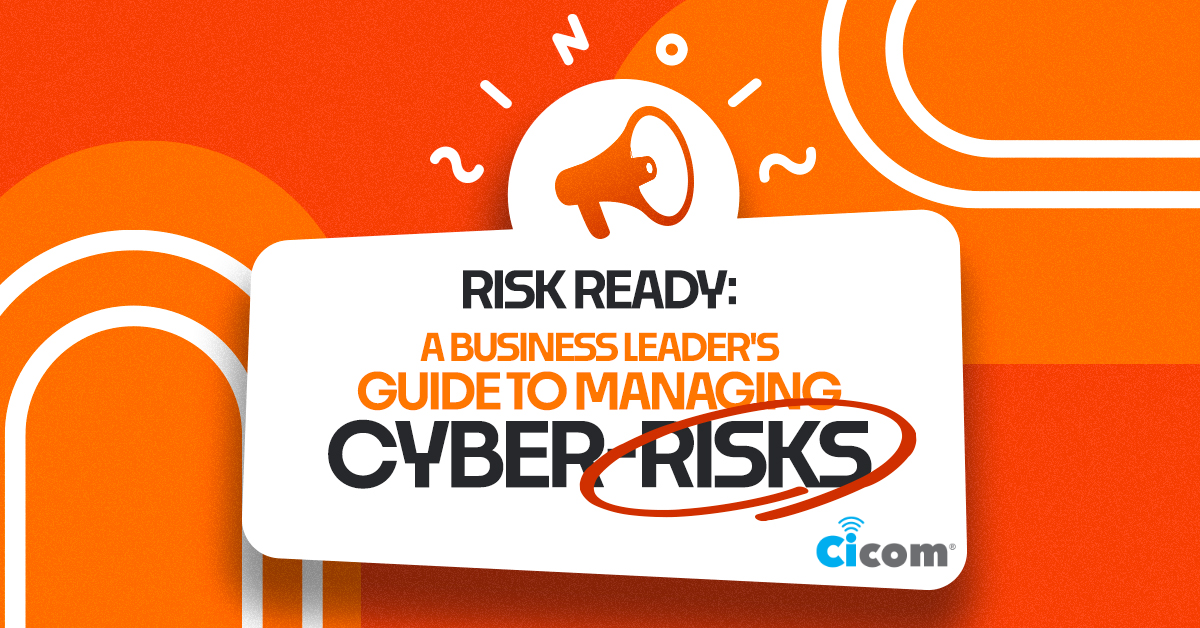Ensuring the protection of sensitive data and essential technology from cyber threats is imperative for businesses such as yours.
The ability of your organisation to withstand cyberattacks is pivotal for survival and growth.
This is where the significance of cyber risk management becomes evident.
Companies equipped with robust cyber risk management strategies can establish resilient cyber defences and mitigate risks without hindering business expansion. Beyond fortifying security, it also guarantees that your business remains in compliance.
In this blog post, we will discuss the fundamental principles of cyber risk management and illustrate how its integration with a straightforward yet potent security framework can pave the way for strategic success.
Assess Cyber-Risks in 7 Critical Steps
Safeguarding your business from cyber threats is critical for the survival and growth of your business. Don’t leave your business security to chance.
– Download your Cyber-Risks Management Guide below
Key characteristics of risk-based cybersecurity
Risk-based cybersecurity helps organisations focus their efforts and resources on the most critical risks. This approach aims to reduce vulnerabilities, safeguard what matters most to you and ensure you make informed decisions.
Here are the key characteristics of risk-based cybersecurity:
Risk reduction
By proactively identifying and neutralising threats, you can reduce and minimise the potential impact of a cyber incident.
Prioritised investment
By identifying and assessing risks, you can concentrate your investment efforts on areas that need your attention most.
Addressing critical risks
Dealing with the most severe vulnerabilities first can help you strengthen your business security.
Cyber risk management frameworks
Cybersecurity risk frameworks serve as a roadmap to assist businesses in realising the complete benefits of adopting a risk-based approach.
The following are various ways in which these frameworks can contribute to improving your existing cybersecurity stance:
- Frameworks take away the guesswork and give businesses a structured way to assess their current cybersecurity posture.
- Frameworks help organisations systematically focus their investments on addressing the most critical and relevant risks.
- Frameworks provide organisations with the right guidance that helps build security, which is crucial for building customer and B2B trust.
- Frameworks are built using controls that have been tried and tested. They essentially help businesses implement effective security controls.
- Frameworks are designed to help organisations achieve compliance with government and industry regulations.
Cyber Security Framework
Here’s how a Cyber Security Framework supports a risk-based approach:
- It helps you understand your risk by identifying what is most valuable to you.
- It gives you a high view of people, processes, technology, information and other business-critical aspects that need to be secured from threats so your business can operate successfully.
- It helps you prioritise your risks based on their impact on your business.
- It helps you allocate your resources where they matter most and ensures you maximize your investment.
- It promotes continuous monitoring and helps you adapt to evolving threats.
Assess Cyber-Risks in 7 Critical Steps Safeguarding your business from cyber threats is critical for the survival and growth of your business. Don’t leave your business security to chance. – Download your Cyber-Risks Management Guide below
Need help?
It’s a daunting but essential step for all small businesses to start investing in their security.
Cicom® are helping small businesses mitigate the threats and navigate the global cyber security environment with a suite of world-class security tools.
Call Cicom® 1300 324266 today or drop your contact details in the form here and we will be in touch.

